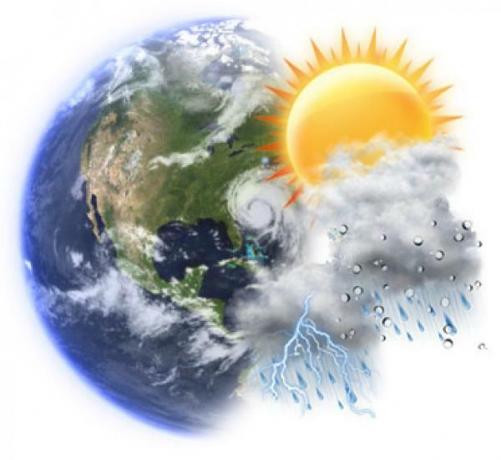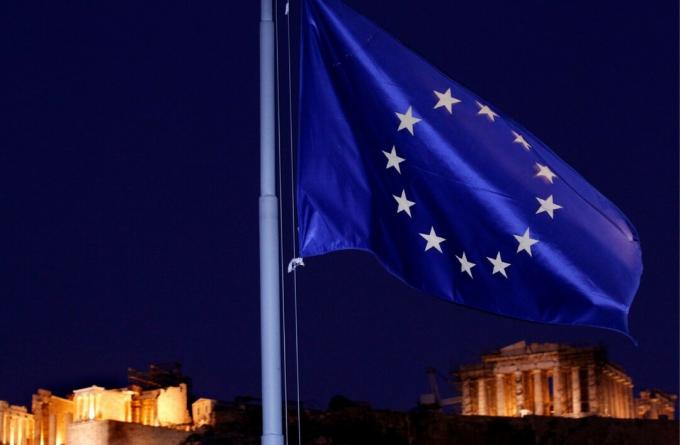THE poverty in Brazil it is a problem that affects about 28 million people.
The states of the North and Northeast concentrate the most needy populations in the country.
Definition
There are several indexes that seek to define what a person living in poverty or extreme poverty would be.
According to the Food and Agriculture Organization of the United Nations (FAO), a poor person is one who does not have the money to guarantee a meal that provides 1750 calories a day.
For the Economic Commission for Latin America and the Caribbean (ECLAC), the index is a little higher. For this regional agency, the limit would be a 2200 calorie daily diet.
For the UN, a poor person has an income equivalent to US$ 1.25 a day or about two reais.
For the European Union, a person can be considered poor when he earns 60% of the country's average income. In Denmark it would be anyone with an income equal to or less than 2,500 reais.
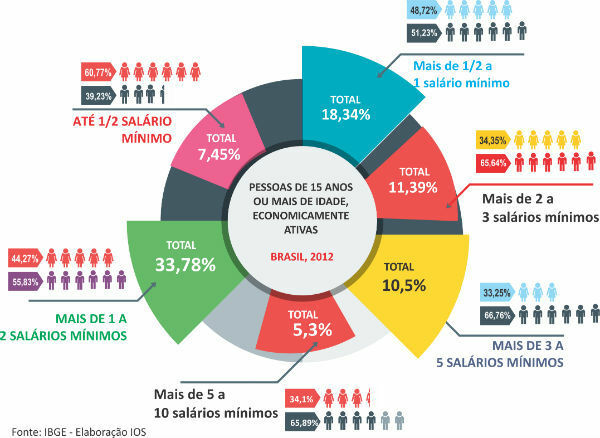
causes of poverty
Due to the colonization process and slavery, the Brazilian territory has always been a country where there were many poor people. With the end of slavery and the
rural exodus, the cities did not have the infrastructure for the arrival of more people. Thus, the phenomenon of poverty was accentuated.However, from the 1990s onwards, with economic stability, the per capita income of Brazilians was gradually increasing.
Brazil's poverty also reveals regional disparities due to years of concentration of politics and industries in the south of the country. The northern and northeastern states have the highest poverty rates, and Maranhão, Piauí and Alagoas are those with the highest proportion of poor people.
Below the map shows the states that have the highest proportion of poor:
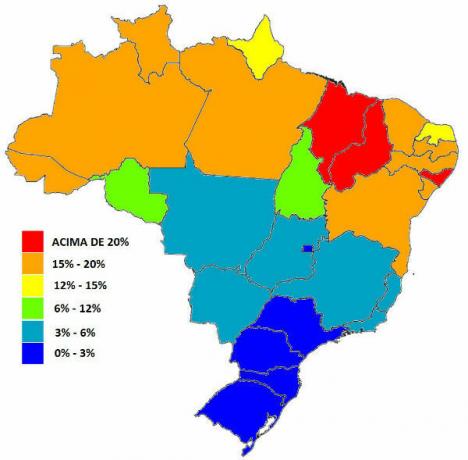
In Brazil, the Ministry of Social Development defined that the poverty line in Brazil is those who live with an income of up to 140 reais a month. More than 28 million Brazilians are in this condition.
With the advent of Lula government and its income transfer programs, poverty in the country has retreated.
However, with the economic crisis, the scenario can change. World Bank data indicate that Brazil will have an increase of 3.6 million poor people by the end of 2017.
Likewise, the profile of the poor in the country has changed. Now, they are Brazilians under the age of 40, heads of families and who had been employed for two years. They have at least high school and 90% live in the city.
Extreme poverty
Those who live in extreme poverty are those who live on 70 reais a month.
In Brazil, 8% of the population or just over 16 million are considered extremely poor. More than half of the extremely poor live in the Northeast and of the 50 poorest cities in Brazil, 26 are in Maranhão.
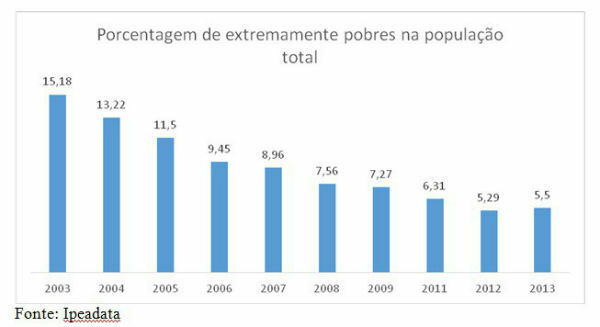
List of poorest cities
Check below the poorest cities in Brazil, in 2013, according to IBGE data:
| City | |
|---|---|
| 1º | Guilherme/MA Center |
| 2º | Jordan/AC |
| 3º | Belagua/MA |
| 4º | Pauini/AM |
| 5º | Santo Amaro do Maranhão/MA |
| 6º | Guaribas/PI |
| 7º | New Santo Antônio/PI |
| 8º | Northern Matons/MA |
| 9º | Manari/PE |
| 10º | Milton Brandão/PI |
read more:
- hunger in Brazil
- Social inclusion
- Violence in Brazil
- Slums in Brazil
- What is marginalization?
- Social problems in Brazil
- Social Inequality in Brazil
- Criminal majority
- The biggest examples of social inequality in Brazil
- Questions about social inequality

